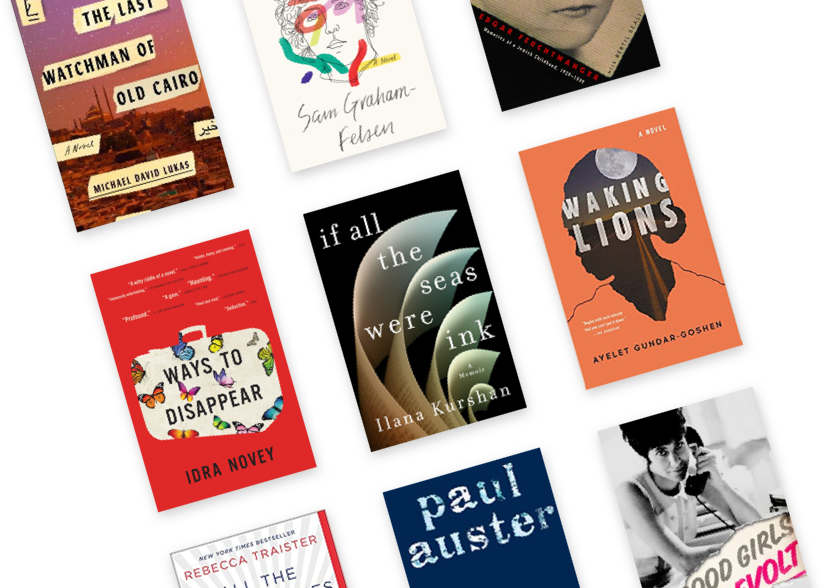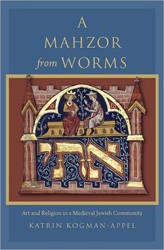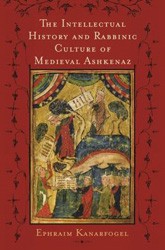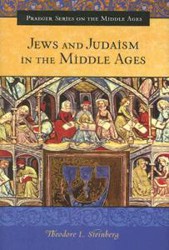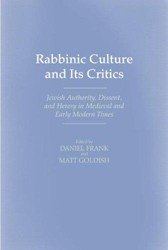When is a rabbit more than a rabbit? When it’s a subtle allusion, in a Passover Haggadah, to the miraculous nature of Jewish survival.
As the art historian Marc Epstein demonstrates in his latest characteristically engaging and informative book, while “medieval art is usually thought of as patently non-Jewish,” both because of the traditional aversion to violating the biblical commandment prohibiting the making of graven images and due to the centuries of violent persecution against Jews, there are many fascinating exceptions. Tracing the history of “a few precious Jewish objects that survived owing to their relatively small size and portability,” Epstein shows how Jewish texts produced for wealthy Jewish patrons offer windows into the Jewish cultural and religious experience of their owners.
Take, for example, the rabbit motif that appears in numerous illustrated Haggadot in Europe during the Middle Ages. As Epstein demonstrates, the image of the hare is meant to remind readers at the Passover seder of the order of blessings to be recited if the Seder falls on a Saturday night. The Talmudic acronym for the order, Yaknehaz, is depicted through a “jag den Häs,” German for “hare race.” It is also, however, a symbolic representation of Jewish history. The rabbit is being chased by dogs, who never catch it. Some iterations of the theme even illustrate the pursuing dog relegated to serving a cup of blessing to a crown-wearing hare. Thus a simple animalistic image ends up testifying to both knowledge of Jewish law and an appreciation for God’s protection of His people, the key theme of the Festival of Freedom.
“Beyond simply illustrating Jewish scripture, history, or rabbinic or mystical commentary” Epstein writes, “art can become Jewish commentary in and of itself.” Dogs in Jewish manuscripts represent Moses, per God’s proclamation in Numbers 12:7 that “there is no one more loyal in my house.” An ancient Israelite enslaved in Egypt holding bricks that look like books is an allusion to both the oppression and the law that is Israel’s source of liberty and salvation. And a paschal lamb hung up after slaughter, flanked by mourning local Egyptians, is purposely modelled on imagery from Christian texts of Jesus on the cross surrounded by his followers — placing the antagonists of medieval Jews in line with their Pharaonic predecessors.
While examples of medieval Jewish art are relatively rare, those that have withstood the sands of history are, as Epstein demonstrates, strikingly creative, inspiring, and sometimes even humorous representations of the courage, conviction, and covenantal loyalty of the Jewish people.
Dr. Stu Halpern is Senior Advisor to the Provost of Yeshiva University. He has edited or coedited 17 books, including Torah and Western Thought: Intellectual Portraits of Orthodoxy and Modernity and Books of the People: Revisiting Classic Works of Jewish Thought, and has lectured in synagogues, Hillels and adult Jewish educational settings across the U.S.

